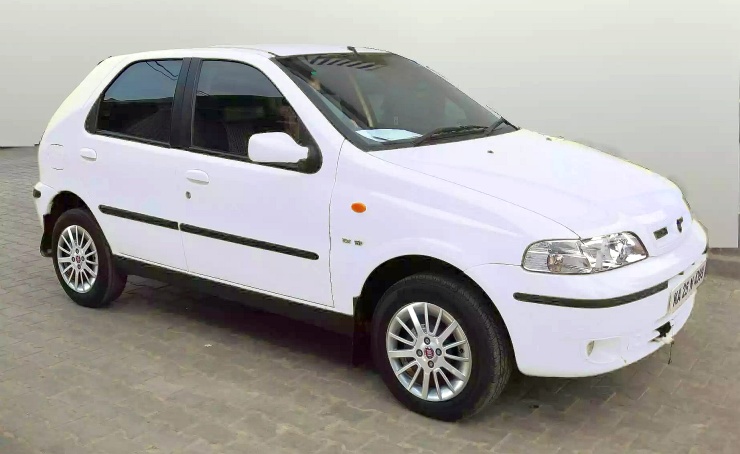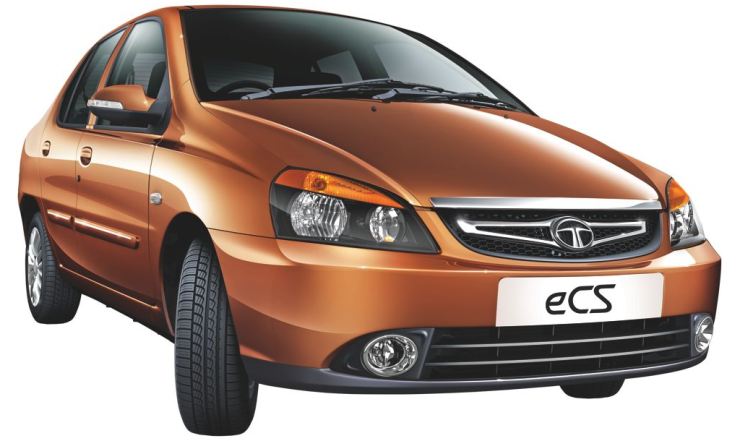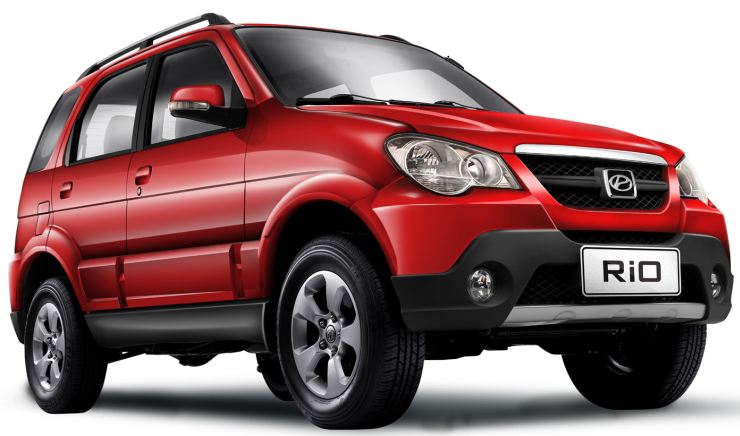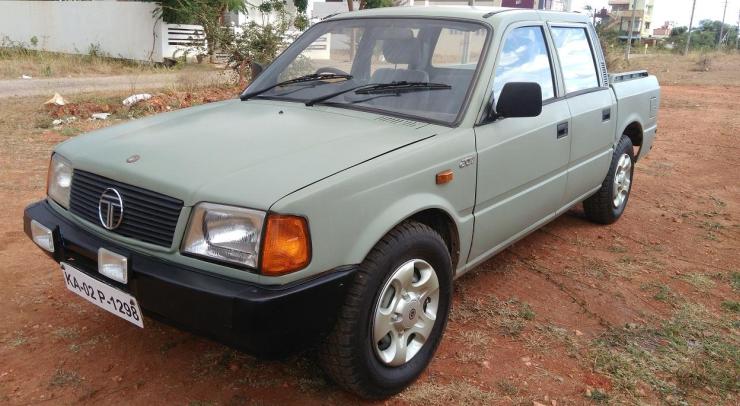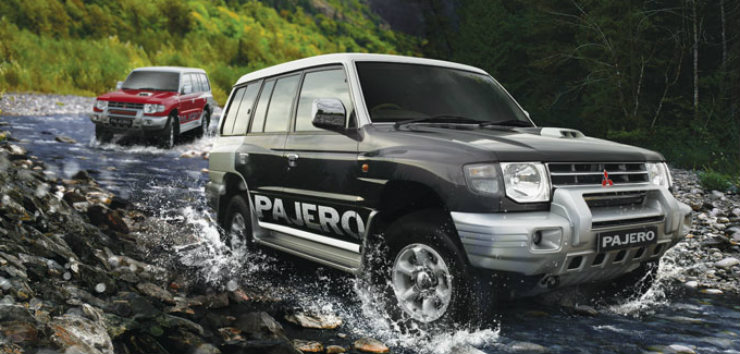You may heard many conversations where someone would say that this was the first car of its type and so on. Today we have compiled a list of 12 such vehicles which created a new segment in the Indian automotive space. Take a look and get ready to brag to your friends with this new found information.
Affordable Hatchback
Maruti Suzuki 800 (SS80)

The 800 was brought to India in 1983 and was a joint venture between the Indian Government and Suzuki. The car then started a trend that went on to become what’s the biggest segment in the country now – affordable hatchbacks. The SS80 came in at the right time when families were getting smaller, and there was a gap in the market for a small car.
The 800 fitted the bill perfectly and went on to become one of the most successful cars of the country. It had a solid built quality and robust engineering that helped it run smoothly for a long time. The 45 hp version stood out for being the most fun to drive, ticking almost every box.
Tall Boy hatchback
Hyundai Santro
Hyundai marked the beginning of its Indian innings with the Santro in 1998. Much like the original 800, the Santro came at a time when the people were looking for a change from the typical small cars available in the market, such as the Altos and 800s among others.
It was the first car to feature the tall-boy design in India, which eventually became a reason for its popularity. It was spacious, stylish as well as affordable which appealed to the masses. Hyundai got an excellent start because of the Santro and ended Maruti’s domination to some extent.
3-door hatchback
Maruti Suzuki Zen Classic
Two-door hatchbacks have never been an Indian thing and auto manufacturers had realized that long ago. The first company to launch one in the market was Maruti Suzuki. It launched the two-door iteration of its fun-to-drive, funky hatchback Zen.
Called the Zen Classic it had a retro-esque front-end styling, which pretty much failed to impress Indian car buyers. Other than having a cosmetically different front-end, the Classic was quite similar to the regular version in every other department. The standard Zen has gained a cult status over the years but this one has been slowly forgotten.
Hot Hatch
Fiat Palio GTX
During the initial years of automotive advancement in India, small, economical cars were the most popular segment. The emphasis was not on power or driving elements but on factors like space, cost and size among others. But later on some companies started to challenge that. Among the first of them was Fiat which came with a hardcore version of its hatchback Palio.
The Fiat Palio GTX 1.6 came with a naturally aspirated engine that churned out a good 100 Bhp and was fun to drive. Today there are quite a few options in this segment, such as the Baleno RS, Abarth Punto and Figo S, but back then the Palio was the only car if you wanted fun at a budget price.
Compact Sedan
Tata Indigo CS
Though it was made popular mainly by taxi operators, the fact is that the Indigo CS was the first sub-four metre compact sedan of the country. Launched by Tata in 2008, the CS in the name denoted compact sedan. The Indigo CS was based on the Indica hatchback and smaller than the Indigo.
A later version named Indigo e-CS was also launched by the company in 2010, and it was BSIV compliant. The sedan was launched after the Government’s efforts to promote small vehicles in India by giving tax benefits. This segment has grown to be one of the hottest one now.
Performance Sedan
Skoda Octavia RS
The original Skoda Octavia was a pretty good car in itself. But Skoda really took a leap of faith by launching India’s first performance hatchback in 2001, called the Octavia vRS. By then, the Octavia was already a priority choice for new car buyers in the D-segment, but the vRS version really attracted a lot of enthusiasts.
The 2001 Octavia vRS was powered by a 1.8-litre turbocharged engine that generates a maximum power of 150 Bhp and a peak torque of 210 Nm. It is one of the few cars, which rose in value with time. Such is its cult status now that many enthusiasts hold on to their Octavia vRS to this date.
Compact SUV
Premier Rio
You probably didn’t have any idea about this car. But the company which made the famous Padmini in India also kickstarted the compact SUV segment in India way back before anyone could have thought of it. The Premier Rio was launched in 2009 and came with a Peugeot-sourced 1489-cc engine producing 65 Bhp of power and 152 Nm of torque.
Contrary to many claims, it’s Premier Rio, and not the Ford EcoSport that became the first compact SUV in India. Yes, the EcoSport made this segment quite popular but the Rio was the one that floated the idea of a small SUV to get tax benefits.
MPV
Toyota Innova
Though many may argue about this, the Innova is the first true MPV of India. Others like the Quails and Sumo didn’t really fit the definition of MPV. The latest new Innova Crysta is far from where the vehicle originally started but carries the same genes.
It might have become pricier than before, and the onslaught of car-based MPVs might have taken a share from its pie, but Innova still excels in ride comfort – something that solely makes it stand out. Coupled with a tank-like build quality and Toyota reliability, it no doubt went on to become a great success.
Softroader
Honda CR-V
The CR-V was brought into India for the first time in 2003. Honda brought it through the CBU route, which resulted in the relative high price of the vehicle. The CR-V offered car-like dynamics and comfort along with an SUVish stance. This was something new and attractive to Indian buyers.
Thus, Honda initialized the softroader segment in India, which now has many offerings to boot. Initially the high cost due to CBU drove away most of the customers but, since 2013, the vehicle has been assembled locally, which brought down the costs.
Pick-up Truck
Tata Mobile 206
The TataMobile 206 was launched by the company in 1998 and opened up the pick-up category in the Indian auto scene. It was later renamed to Tata 207 DI in 2002. It was originally powered by a naturally aspirated 2.0 litre diesel Peugeot XD88 engine (assembly under license by Tata in India) that produced 63 Bhp. To let you know, other Tata vehicles like the Sierra, Sumo and even the Safari were based on the same platform as the TataMobile. It is still in the market now and sells by the name of Tata Xenon XT.
Affordable 7-Seat SUV
Tata Safari
The Tata Safari was a cult vehicle in India. It offered brute looks while providing two extra seats in the third row. Tata even did a great job with the advertisements of this SUV. The company launched the vehicle in 1998 and it has been running strong since then.
The current version of the car is called the Safari Storme. At the moment, there are quite a few cars in a segment that was essentially started by the Tata Safari. Upon it launch, it came with a 2.0-litre Peugeot XD88 turbodiesel unit with 87 PS power on tap.
Full Size SUV
Mitsubishi Pajero SFX
The segment that is currently ruled by the Toyota Fortuner and the Ford Endeavour was started by the Mitsubishi Pajero SFX. It brought new looks and power to the segment and became extremely popular. The 90s SUV became the vehicle of choice of many. The capable ladder-on-frame SUV was powered by a 2.8-litre engine and it was a delight to drive on the highway and even off-the-road. Even today it is considered an excellent vehicle for off-roading.
Also Read: Suzuki Intruder to Kawasaki Ninja 300: BEST 2 wheeler discounts of September 2018


